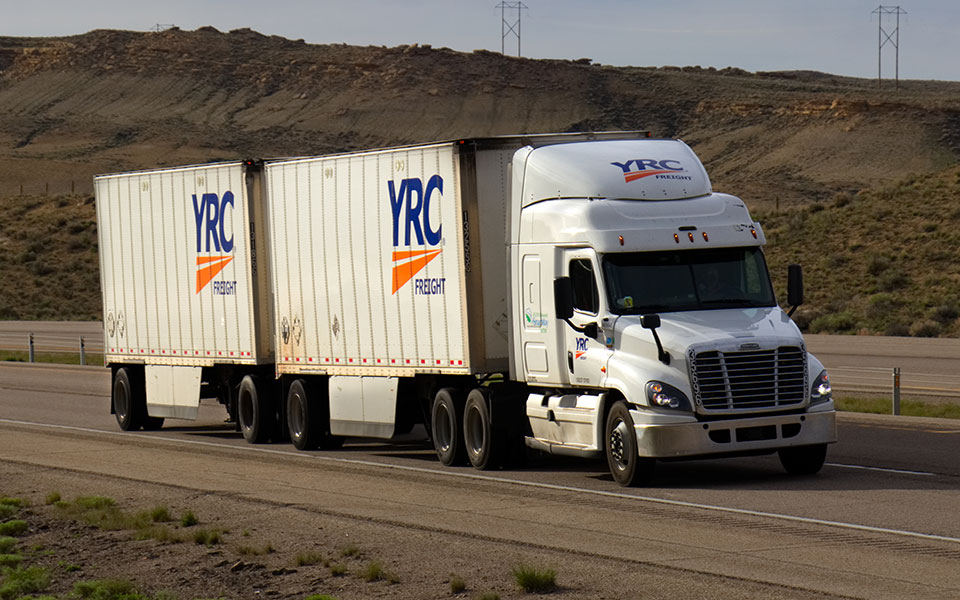There’s a lot of talk about Yellow’s bankruptcy and what might happen. Here are the 3 things we’re watching:

LTL Service Levels:
Anyone trying to stay ahead of this has been shifting freight to other LTL carriers for the past several months. With the additional volume that other LTL carriers will absorb, be prepared for service delays such as missed pickups, interline delays, and delivery failures. Published transit times could easily be extended by days unless carriers manage their pickup volumes well. Expect to see terminal embargos where carriers will not provide quotes to certain lanes or accept any freight due to excessive volume in the area.
LTL Pricing Increases:
Basic economics here. Less capacity = lower supply and when demand remains the same, prices increase to a point until demand begins to drop off. Some LTL carriers have been ahead of this by adjusting their dynamic pricing or going to the market for tariff increases. Expect to see more of this now that the nail is in the coffin for Yellow. As volume shifts to the other carriers, they’ll have more justification for the increases.
Mode Shift to Alternative LTL / Partial Truckload / Truckload
As pricing and service failures increase, alternative modes become more appealing so it makes sense to look at shifting to alternative modes.
1. Rail LTL
Rail LTL is a great alternative for those with longer lanes (for example – NJ to CA) and longer lead times or shipments that are not time sensitive such as inventory transfers. This method uses local pickup and delivering carriers, however, the linehaul is done by consolidating LTL shipments at the local pickup carrier terminal and loaded onto an intermodal trailer that is moved cross-country by rail.
2. Non-Traditional LTL Carriers
Local and regional LTL carriers can be grouped into this. As opposed to shifting from Yellow to another Top 25 (see below) or a national-type carrier, these are great options. There are local carriers that can provide pallet rates for shipments staying within a certain geographic range. Regional carriers that only cater to certain markets may provide better service and consignee expertise. Also, these carriers are even used by the national carriers for final mile deliveries as “Partner carriers”. LTL consolidators work for certain markets (for example – NJ to CA) where they have a weekly sailing schedule to move shipments from one market to another via over-the-road truck.

3. Partial Truckload
Rather than moving with an LTL carrier, you can look to move your freight as a partial with a transportation partner who looks to combine one, two, or three shipments on a truck to share the cost. Most carriers have a pallet volume cutoff where a shipment becomes subject to a “volume quote” or gets sent to their truckload team. Shipment requirements can complicate this based on the commodity and what your freight cannot be loaded with. This becomes more complex given that are multiple pickup and delivery appointments that all need to be lined up. So make sure you’re properly vetting the transportation partner to make sure they have experience in handling shipments like this.
4. Truckload
If you have time-sensitive or larger shipments, truckload might be your best bet. The truckload market and LTL market operate somewhat separately. However given that truckload volume has dropped significantly from the beginning of there year and spot market rates have dropped from their peak, looking at mode shifting from LTL to truckload makes sense.
If you’re not sure how to best navigate the changing LTL market, Why Logistics is here to help.


